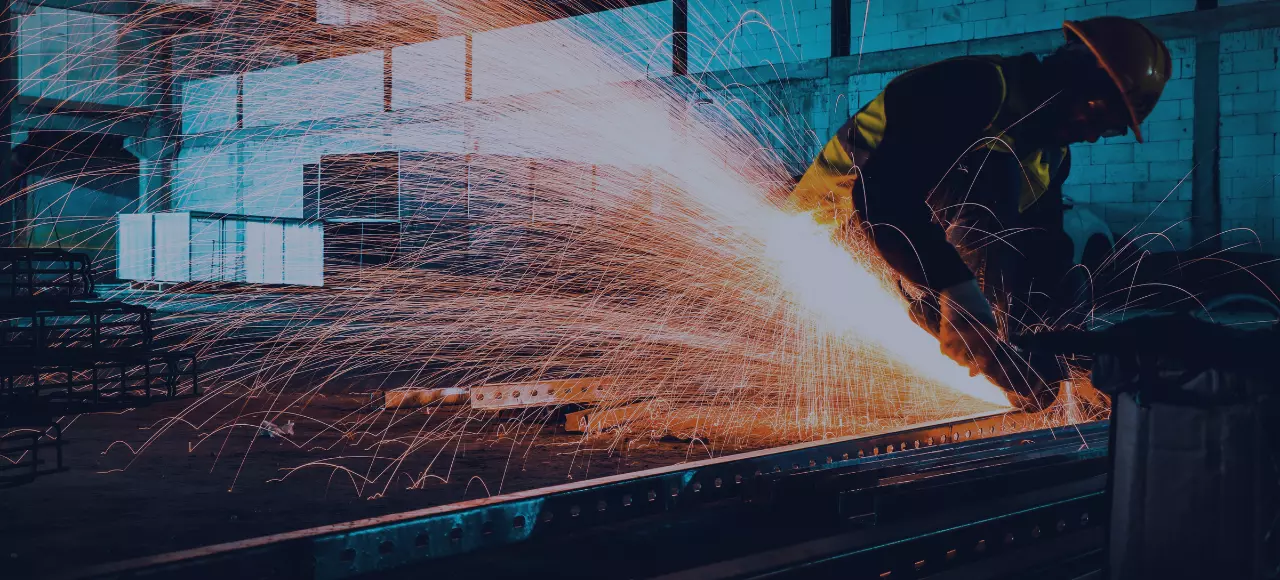Lamination is an essential technique for enhancing the efficiency of electric motors. By utilizing high-quality steel laminations in motor manufacturing, significant improvements can be made in terms of energy savings and performance. This article explores the role of high-quality laminations in optimizing electric motor efficiency, discussing key factors such as magnetic properties, lamination stacking techniques, and more. For professionals seeking to improve motor efficiency and reduce energy wastage, this article provides valuable insights into leveraging high-grade laminations for enhanced performance.
Role of High-Quality Laminations in Electric Motor Efficiency
To achieve optimal efficiency in industrial electric motors, the selection of high-quality laminations plays a critical role. High-grade electrical steel with low iron losses should be chosen to minimize energy dissipation and enhance overall performance. Additionally, the lamination material should possess high magnetic permeability to increase the motor’s magnetic flux.
- By using high-grade electrical steel with low iron losses, manufacturers can minimize energy losses due to hysteresis and eddy currents within the motor core. These losses directly impact the motor’s overall efficiency and contribute to increased operating costs. Opting for materials with low iron losses helps reduce these inefficiencies and maximize power output.
- In addition to selecting suitable materials, it is important to consider the magnetic properties of laminations. High magnetic permeability is crucial for enhancing the motor’s magnetic circuit by facilitating greater magnetic flux density within the core. This results in improved motor performance and higher torque output.
- Eddy current losses pose another challenge to efficient electric motor operation. When alternating current flows through conductive materials like metal laminations, induced currents circulate within each lamination layer. These circulating currents generate heat and waste energy, leading to reduced overall efficiency.
- To mitigate eddy current losses, laminations should be carefully stacked with minimal air gaps. Tight stacking allows for a shorter path for induced currents, minimizing the energy dissipated in eddy currents. Additionally, insulating coatings applied between laminations prevent short circuits and further reduce energy wastage.
- Furthermore, grain orientation alignment is crucial to minimize magnetic losses within the laminations. By aligning the grain structure of each lamination layer, manufacturers can optimize magnetic properties and enhance motor efficiency.
Proper Lamination Stacking Techniques for Maximizing Efficiency
grain orientation, achieving tight stacking with minimal air gaps, and applying insulation coatings are key practices for optimizing motor performance.
- Aligning Grain Orientation: The grain structure within the lamination material influences its magnetic properties. When manufacturing motor cores, it is crucial to ensure that the grain orientations of adjacent laminations are aligned parallel to each other. This alignment minimizes magnetic losses and enhances overall efficiency by facilitating smooth flux flow through the core.
- Tight Stacking with Minimal Air Gaps: When stacking laminations, it is important to achieve a tight fit and minimize air gaps between layers. Air gaps disrupt magnetic flux lines and increase magnetic resistance, leading to increased power losses through hysteresis and eddy currents. By reducing these losses through tight stacking practices, motor efficiency can be significantly improved.
- Insulation Coatings: Applying insulation coatings between laminations helps prevent short circuits caused by induced currents flowing across adjacent layers. These coatings act as barriers, isolating adjacent laminations from each other and reducing eddy current losses. Insulation coatings also minimize energy wastage by redirecting electrical current along desired paths within the motor core.
Annealed Lamination for Motor Efficiency
Annealing is a critical process in electric motor manufacturing, significantly impacting motor efficiency. By subjecting laminations to controlled heat treatment, the grain structure within the material can be aligned, reducing hysteresis losses and improving magnetic properties.
During annealing, laminations are heated to specific temperatures, typically above their Curie point. This allows the material’s atoms to move and rearrange themselves, aligning the grain structure. The aligned grain structure reduces energy losses caused by hysteresis, as it facilitates easier magnetization and demagnetization processes.
The alignment of grain boundaries achieved through annealing also enhances magnetic properties such as permeability and saturation induction. This leads to improved overall motor performance and increased efficiency.
Optimizing Lamination Thickness for Maximum Efficiency
Lamination thickness plays a crucial role in optimizing electric motor efficiency. Careful consideration must be given to selecting appropriate thickness based on design and operating conditions.
The thickness of laminations directly impacts eddy current losses within the motor core. Thinner laminations offer shorter paths for induced currents to circulate compared to thicker laminations.
However, selecting an optimal lamination thickness is influenced by factors such as operating frequency and material properties. Higher frequencies tend to increase eddy current losses while potentially decreasing hysteresis losses. Therefore, thinner laminations become more effective at higher frequencies due to lower eddy current contributions.
Final Words
In conclusion, quality laminations play a vital role in optimizing electric motor manufacturing processes to achieve enhanced performance and energy efficiency. By selecting high-grade electrical steel with low iron losses and high magnetic permeability, manufacturers can minimize energy dissipation and improve overall power output.
Proper lamination stacking techniques, including aligning grain orientation, tight stacking with minimal air gaps, and applying insulation coatings, further enhance motor efficiency by reducing losses due to hysteresis and eddy currents.
By leveraging these practices, manufacturers can unlock the full potential of electric motors, achieving higher efficiencies and contributing to a more sustainable future.
FAQs
Quality laminations made from high-grade electrical steel with low iron losses minimize energy dissipation and enhance magnetic flux, reducing eddy current losses and improving overall motor efficiency.
The choice of lamination thickness should consider design and operating conditions. Thinner laminations reduce eddy current losses, especially at higher frequencies, improving motor performance. Frequency requirements and core loss behavior should also be taken into account.
Annealing aligns grain structures in laminations, reducing hysteresis losses and improving magnetic properties. This results in enhanced overall efficiency and improved motor performance.
Yes, laminations can be customized to meet the unique needs of each application. Material selection, thickness optimization, stack combination, and other factors can be tailored to achieve maximum efficiency.








